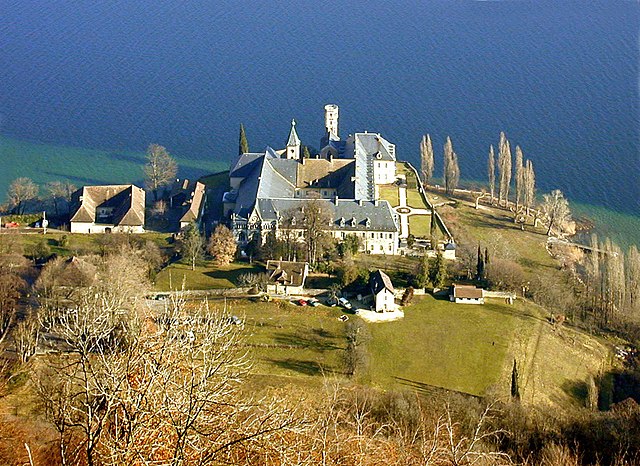Kingdom of Sardinia (1720–1861)
The Kingdom of Sardinia is a term used to denote the Savoyard state from 1720 until 1861, which united the island of Sardinia with the mainland possessions of the House of Savoy. Before 1847, only the island of Sardinia proper was part of the Kingdom of Sardinia, while the other mainland possessions were held by the Savoys in their own right, hence forming a composite monarchy and a personal union which was formally referred to as the "States of His Majesty the King of Sardinia". This situation was changed by the Perfect Fusion act of 1847, which created a unitary kingdom. Due to the fact that Piedmont was the seat of power and prominent part of the entity, the state is also referred to as Sardinia-Piedmont or Piedmont-Sardinia and sometimes erroneously as the Kingdom of Piedmont.
19th-century coat of arms of the Kingdom of Sardinia under the Savoy dynasty
Camillo Benso, Count of Cavour
King Victor Emmanuel II meets Garibaldi in Teano (26 October 1860)
The House of Savoy is an Italian royal house that was established in 1003 in the historical Savoy region. Through gradual expansion, the family grew in power from ruling a small Alpine county north-west of Italy to absolute rule of the Kingdom of Sicily from 1713 to 1720, when they were handed the island of Sardinia, over which they would exercise direct rule from then onward.
Hautecombe Abbey, where many of the dukes are buried




